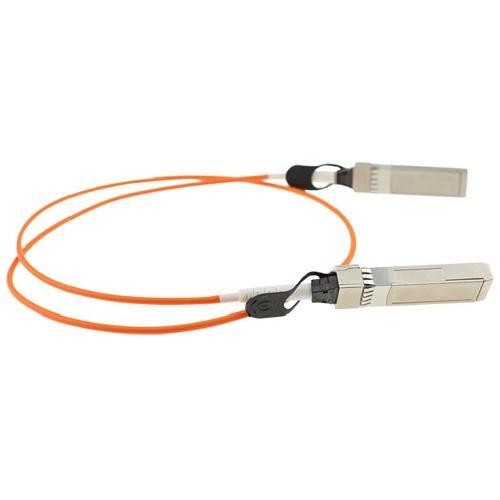- Related articles
- Optical Transceivers for Cisco WS-C2960X48LPDL-RF Switch
- Optical Transceivers for Cisco SF350-48P-K9-UK Switch
- Optical Transceivers for Cisco WS-C3750G-48PS-S Switch
- Optical Transceivers for Cisco C3850-NM-8-10G= Switch
- Optical Transceivers for Cisco SF300-48PP-K9-EU Switch
- All Cisco DWDM-XFP-35.04's information (List price, Specs, Datasheet PDF, Compatibility ma
- All Cisco SFP-OC12-SR's information (List price, Specs, Datasheet PDF, Compatibility matri
- All Cisco QSFP-40G-SR4-S’s Information ( Overview, Features, Datasheet PDF, Price, Specifi
- Optical Transceivers for Cisco SG300-10PP-K9EU-RF Switch
- Optical Transceivers for Cisco WS-CBS3125X-S Switch

The rapid growth of the data center requires the server with higher performance. From the initial 100M, 1G, 10G, to 40G and 100G, high-speed Ethernet has never stopped developing. The 10G Ethernet (IEEE802.3ae) standard was approved in 2002. In the 10G network, engineers are often confused about choosing fiber or copper cable. This article will provide reference for everyone to analyze three kinds of 10G network program.
1. 10G SFP plus optical module
The SFP+ optical module is a duplex LC interface that is used with LC fiber jumpers for fiber cabling. It provides a wide variety of 10G Ethernet connectivity options for data center, enterprise wiring closet and service provider transmission with typical transmission wavelength at 850nm, 1310nm or 1550nm.
2. 10G SFP+ high-speed cable

10G SFP+ high-speed cable are optical devices commonly used in data center’s rack-top wiring, used to connect small access switches and servers. 10G SFP+ high-speed cable is a low-cost solution for alternative optical modules for high-speed interconnection in short distances with low power consumption and low latency.
3. 10GBASE-T SFP optical module
10GBase-T SFP optical module uses a non-shielded or shielded twisted pair cable for 10G connectivity up to 100 meters for copper cabling, which is easy for the upgrades from 1GbE to 10GbE. The use of 10GBASE-T SFP optical module is due to the relatively common network cable and the cheaper price of network cable than the price of fiber jumpers. But if the transmission distance is longer than 100m, then we still use fiber jumpers to connect.
Solution of 10G SFP + to SFP + high-speed cable
10G SFP + to SFP + high-speed cable is based on SFP+ MSA (multi-source protocol), using copper shaft cable with SFP+ connector at two ends and providing 10 Gigabit Ethernet connection between the two network equipment. In short, it integrates SFP+ connector with copper shaft cable, and is a interconnection solution with low loss, efficient energy and low cost. 10G Gigabit SFP+ to SFP+ high-speed cable has a variety of optional lengths up to 10m, which is the best cable selection for the current 10 Gigabit Ethernet connection.
Advantages of 10G SFP + SFP + high speed cable relative to 10GBASE-T
1. Lower delay
10G SFP+ to SFP+ high-speed cable can ensure the best optical performance and the lowest signal delay. In the development trend of the data center, it can support the wired infrastructure to handle latency-sensitive applications anywhere. Compared to 10GBase-T technology and alternative SFP+ technology, it is clear that SFP+ technology is the technology that ensures the lowest latency and optimal performance in the data center.
2. Lower power consumption
10G SFP+ to SFP+ high-speed cable can reduce power consumption. SFP+ technology provides far less power than 10GBase-T technology. When the cable deployment in the data center increases from 1000 to 10,000, the cost savings can be made more significantly, and the solution will be more economical.
Conclusion
From the above, it can be concluded that 10G SFP+ optical modules and SFP+ high-speed cable solutions are more suitable for 10G data centers than 10GASE-T SFP optical modules, but 10GbE is not the ultimate goal.





































































